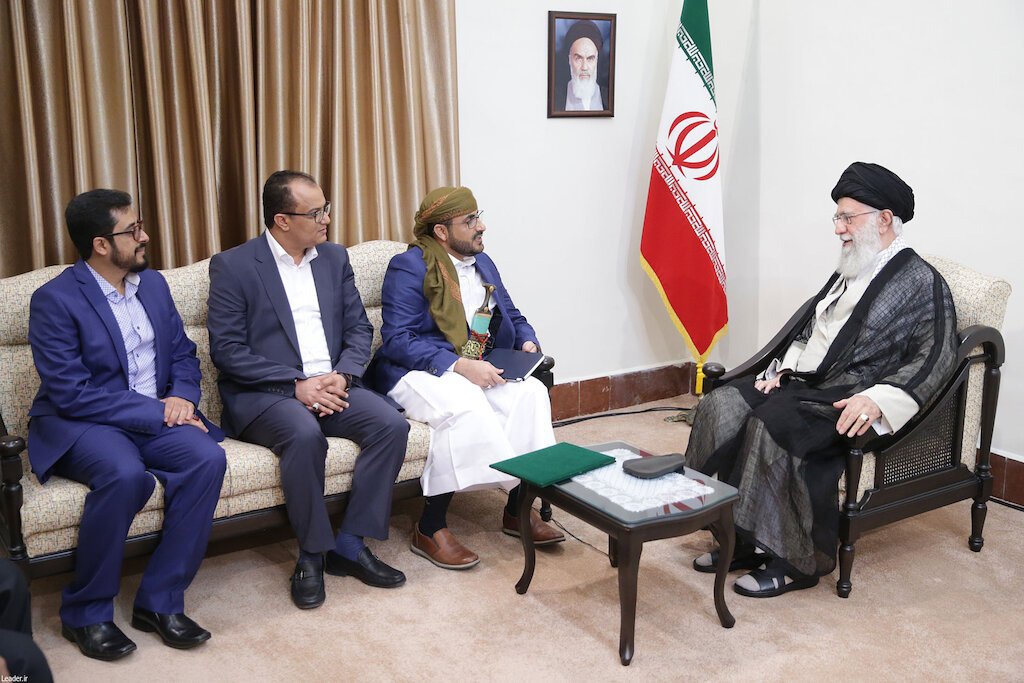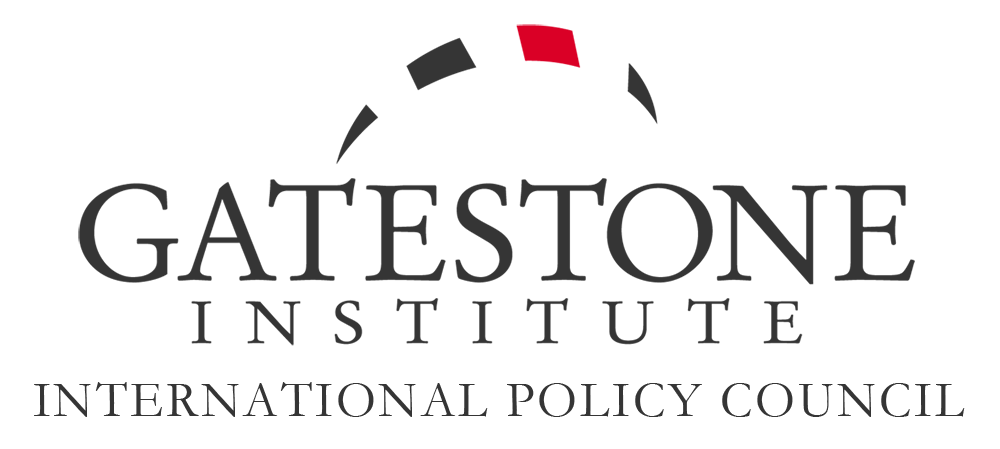Iranian Regime's Proxies: Target the Head of the Snake
by Majid Rafizadeh • February 3, 2024 at 5:00 am
By not directly targeting the source of support and funding, the Iranian regime, the administration may inadvertently be treating the symptoms rather than the root cause of the problem, and, instead of decreasing Iranian aggression, escalating it.
One viable approach involves focusing on the economic lifelines that sustain the ruling ayatollahs. These lifelines include immediately restoring the "maximum pressure" sanctions the US had imposed earlier, targeting key components of Iran's infrastructure -- such as oil facilities, which serve as vital resources and revenue streams – and banning anyone who trades with them from trading with the US. Disrupting these critical elements not only weakens the economic foundation of this terrorist regime but also undermines its ability to finance proxy activities.
It is equally important to target the leaders and bases of Iran's Islamic Revolutionary Guard Corps, where proxies are trained and the attacks originate. By hitting Iran's economic and military infrastructure, the US can exert significant pressure, sending a clear message that the support for proxy warfare -- and Iranian attempts to finalize their nuclear bombs -- would come at an intolerably high cost.

The last few months unfolded with a marked escalation in the activities of Iran's proxies, militias and terror groups. Iran's proxy Hamas launched its attacks on Israel, unleashing a barrage of violence across the region. Simultaneously, Iran-backed militia groups in Iraq escalated their assaults on US bases and personnel. Another proxy of Iran, the Houthi rebels in Yemen, also caused turmoil in the Red Sea, which is vital to maritime traffic. Their actions not only threaten regional stability but also sent shockwaves through global trade routes and raised concerns about the broader implications of their destabilizing activities.

